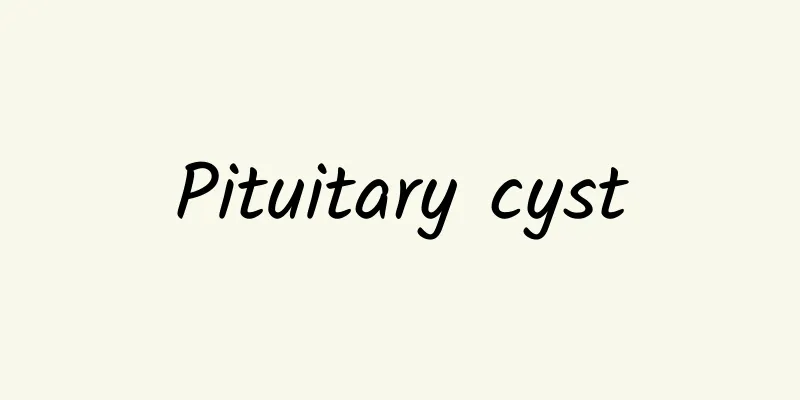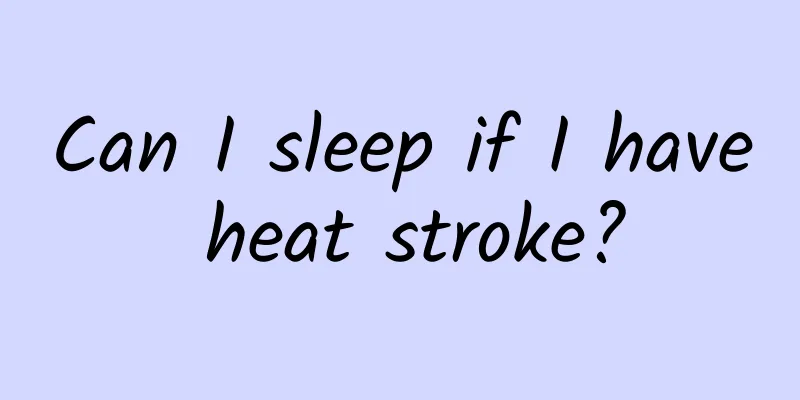Can a rotator cuff strain heal on its own?

|
Many people think that physical injuries are not serious and ignore them. This practice is very wrong because many minor injuries can become worse if they are not treated properly. Rotator cuff strain is a common physical injury in people's lives, and many people want to know whether this strain can recover on its own. So, can a rotator cuff strain heal on its own? First, can a rotator cuff strain recover on its own? Rotator cuff injuries are divided into two types: rotator cuff tendinitis and rotator cuff tear. Among them, the vast majority of rotator cuff injuries are rotator cuff tendinitis, which can generally be cured with timely comprehensive treatment, while rotator cuff tears require surgery [1]. The early stages of treatment for rotator cuff tendinitis are primarily aimed at alleviating pain and inflammation, followed by physical and drug therapy, rehabilitation training to improve general adaptability, and strength training to promote tissue healing and functional recovery [1]. The indications for surgery for rotator cuff injury are partial or full-thickness rotator cuff tears that have not responded well to conservative treatment and the symptoms of rotator cuff injury have affected the patient's daily function. The goal of postoperative rehabilitation is to relieve pain, increase the range of motion of the shoulder joint, and return to normal functional activities as soon as possible on the basis of preventing re-rupture of the repaired tissue. Second, the rotator cuff is composed of the tendons of the supraspinatus, infraspinatus, teres minor, and subscapularis, attached to the greater tuberosity of the humerus and the edge of the anatomical neck of the humerus. Its inner surface is closely connected to the joint capsule, and the outer surface is the subdeltoid bursa. It surrounds the upper end of the humeral head and can accommodate the humeral head into the glenoid cavity, stabilize the joint, assist in shoulder abduction, and have a rotation function. The supraspinatus muscle is attached to the uppermost part of the greater tuberosity of the humerus and is often worn by the acromion coracoacromial ligament. From the perspective of anatomical structure and mechanical stress, this part is the weak point of the rotator cuff. When the shoulder joint is in the abduction position and does abrupt adduction, it is prone to rupture. The gravity of the limb and the traction of the rotator cuff make the rupture larger and more difficult to heal. Can a rotator cuff strain recover on its own? Clinically, appropriate treatment methods should be adopted according to the degree of rotator cuff tear and the specific conditions of the patient. 1. Non-surgical comprehensive treatment: Suitable for Neer I stage, especially for patients less than 3 months after injury, partial rotator cuff tear, complete tear who are unwilling to accept surgical treatment, and elderly patients. It is treated with analgesics, hemostasis, dehydration, blood circulation and blood stasis removal drugs, while combined with local pain point blocking and physical therapy. The affected shoulder is fixed in abduction, flexion and external rotation position with plaster or abduction frame for 3 to 4 weeks, followed by shoulder joint functional exercises, which can usually achieve good therapeutic effects. 2. Surgical treatment: If 4 to 6 weeks of non-surgical comprehensive treatment cannot basically restore the abduction activity of the shoulder joint, surgical treatment should be considered. Surgical treatment is suitable for complete rotator cuff tears and partial rotator cuff tears who are not satisfactory with non-surgical treatment. For complete rotator cuff tears, the surgical method should be to re-fix the tendon and bone in the original tendon attachment area and suture firmly with non-absorbable sutures; for partial rotator cuff tears, the surgical method should be to perform anastomosis and repair of the broken part. |
<<: How to recover fastest from a sprained foot?
>>: What medicine should I take for a sprained ligament?
Recommend
What herbs to use for bathing eczema
Eczema is quite common in our daily life. It is a...
How long does it take for the uterus to recover after miscarriage?
Abortion has great side effects on women's ph...
Can asthma be treated with minimally invasive methods?
Asthma does not necessarily require surgery. It i...
How long after the pelvis is it possible to have a second child?
Women will be more relaxed during their second pr...
What is the reason for the redness of yellow urine? Who is behind this?
Under normal circumstances, men's urine is a ...
Can purple sweet potato and pumpkin be eaten together?
There are many snacks made with purple sweet pota...
Can moxibustion be used to treat Yin deficiency and hyperactivity of fire?
Moxibustion is a very good way to maintain health...
What is the best exercise for fatty liver
Three types of exercise are most suitable for pat...
Causes of Anemia
Qi and blood are very important for our female fr...
Pain in the bones near the ears when eating
In life, many people like to eat some hard food o...
What to do if there are small bumps on the uterus
With the improvement of everyone's living sta...
Something big happened! After the gym, I took a shower and it turned out like this
After sweating profusely after working out, takin...
My big toe is always numb, what's going on?
Numbness in the toes is a normal phenomenon. Sitt...
How many vitamins should I take if I have mouth ulcers?
Mouth ulcers are a condition that many people wil...
How to dredge the chest meridians
With more and more women suffering from breast di...









